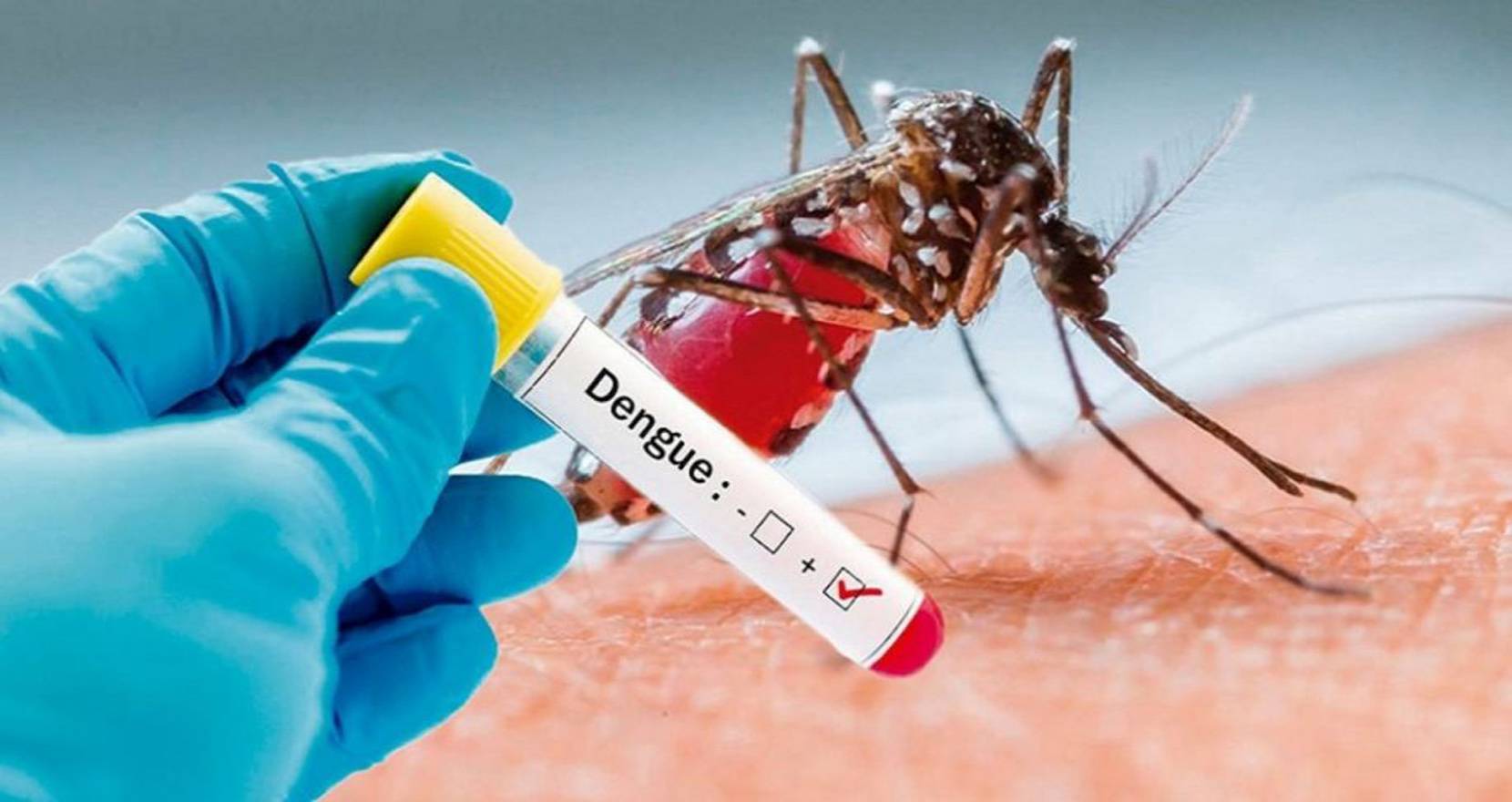Tourists in Egyptian resorts have begun to contract a deadly disease from the 17th century. We are talking about the same dengue fever. This time, European media are writing about warnings in Italy: a website dedicated to tourist health issues, which the local Ministry of Foreign Affairs supports, stated that three cases of dengue have been registered in Italy since June 10, and all of them were presumably brought in by Italians who vacationed in the resort of Sharm el-Sheikh in May. Tourists were also reminded that dengue fever is a potentially fatal infection spread by mosquitoes. Presumably, it was called “breakbone fever” in the 1700s because of the severe pain it caused in the muscles and joints.
Tourists were reminded of the main symptoms of dengue. In general, they are very similar to the flu, making the disease so insidious. They include high fever, severe headache and pain behind the eyeballs, muscle and joint pain, swollen tonsils — and, which is not very typical for the flu, a rash appears in the form of flat or slightly raised spots, which can affect large areas of the body.
The main risk of fever is that it has a more severe form, which “starts” after a few days. In it, cases of bleeding from the gums or nose begin, as well as blood in vomit and feces, shortness of breath, internal hemorrhages, and a strong drop in pressure. At this stage, the patient needs immediate hospitalization, otherwise, the consequences can be tragic — let us recall the story of a British tourist who died in Thailand due to a severe form of fever, and his mother became the initiator of an information campaign against dengue.
At the same time, for Egypt, at least for its “Red Sea resorts”, unlike the same Thailand, dengue has never been endemic. It is assumed that the “migrating” dangerous mosquitoes — the fever is transmitted only by a specific type of them — first got into the waters of the Nile, and then began to spread. And they survive even in resorts — basically in the desert — only because the hotels abundantly water the lawns, bushes, and palm trees. The hotels fight mosquitoes and regularly fumigate the vegetation, but they cannot win.
But there is a second option, more unfortunate for European residents. That mosquitoes have acclimatized in Italy. Let us recall that “imported” dengue variants are also considered in France — where an outbreak of 500 cases has been recorded. It is claimed that many returned from Guadeloupe or Martinique, with which the country has old colonial ties.
But there is a risk that the mosquitoes that have already been guaranteed to get to Europe — carriers of dengue — are moving north. In Europe, mosquitoes that carry dengue have invaded 13 European countries since 2000, and in 2023, local spread of the disease was observed in France, Italy, and Spain. In Italy, there was a significant increase — the first case was detected in 2020, and it reached 67 cases in 2023. “Cases of dengue fever, which most people consider a tropical disease, are increasing in non-endemic countries. Almost half of the world’s population may now be at risk of contracting dengue,” European researchers say. As for popular Asian countries that are actively visited by our tourists — this is not only Thailand but also the island of Bali — there is also a “risk zone” for dengue for tourists.

